The dragons of George R.R. Martin’s A Song of Ice and Fire are as curious as they are magical. No one really knows how those mystical, highly intelligent creatures came into the world. Each one also has its own unique personality, yet also shares a special bond with its rider. Some believe Game of Thrones and House of the Dragon‘s dragons can change their gender whenever they like. It’s impossible to even identify a she-dragon until it lays eggs. And no one understands exactly why those beasts called “fire made flesh” allow certain people to claim them and not others. But while episode six of House of the Dragon‘s second season explored established dragon lore with Ser Steffon Darklyn’s fatal attempt to become a dragonlord, the series also created its own with the Vale’s wild dragon and Seasmoke’s search for Addam of Hull.
The Dragon Seasmoke Rejects Ser Steffon Darklyn in House of the Dragon
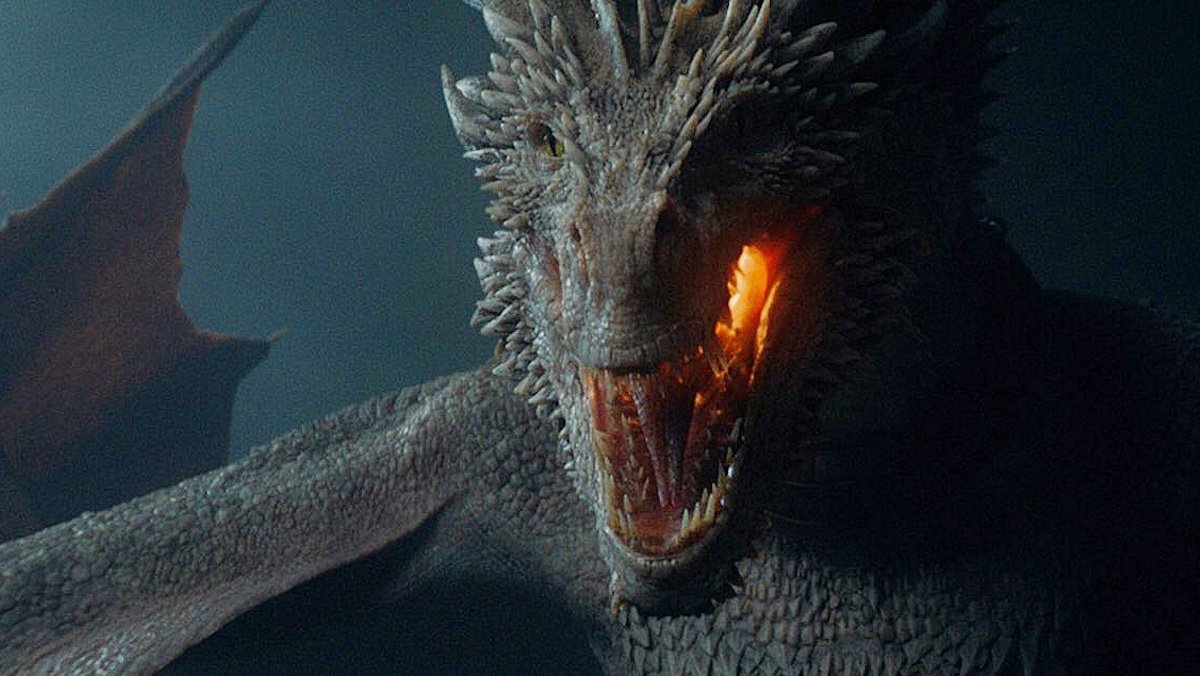
The one (almost*) unquestioned rule for dragonriders in the lore of George R.R. Martin’s fantasy world is that they must have at least some blood of Old Valyria. The dragonlords of the former Valyrian Freehold were the only dragonlords in the world. In Westeros, that means someone must have ancestry with either House Targaryen or House Velaryon (even though Velaryons were not dragonriders).
(*One character’s uncertain birth is the only possible example of this not being true. We’ll get to that in the next section.)
Prince Jacaerys thought that rule might have simply been ahistorical propaganda meant to “gild” Valyrians. His mother still took the matter of blood seriously enough to search for forgotten relatives in old scrolls. On House of the Dragon, Rhaenyra believes even someone with “thin” Valyrian blood was more likely to successfully claim a dragon than someone without any. Especially since unquestioned family members can’t always become dragonriders, like Daemon’s daughter Rhaena. Aemond couldn’t successfully bond with a dragon either in House of the Dragon‘s world until he claimed the biggest one in the world, Vhagar.
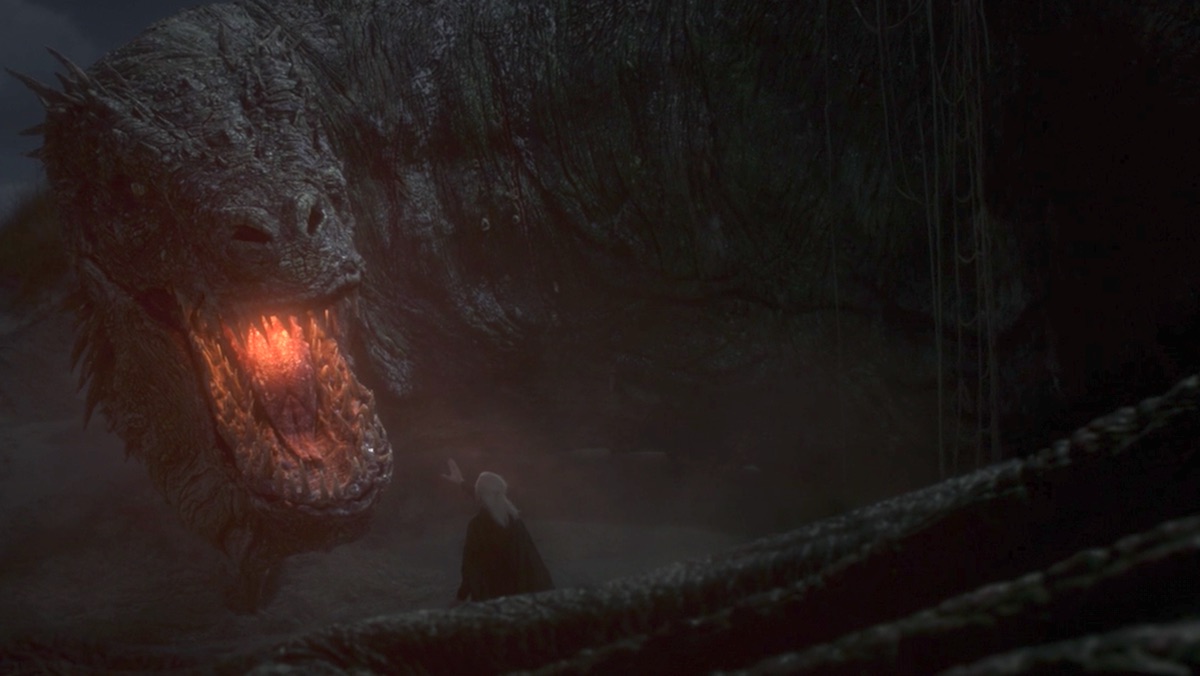
On House of the Dragon‘s sixth episode, Rhaenyra asked the Lord Commander of her Queensguard, Ser Steffon, if he’d be willing to try to claim a dragon because his grandmother’s grandmother was a Targaryen. She reminded him to try and claim a dragon was to risk death itself, but he was honored by her even asking. Like many in Westeros, he views dragons as gods.
Seasmoke did not care about Ser Steffon’s thin Valyrian blood, commitment to Rhaenyra, or his noble heart, though. The dragon still refused to obey the Lord Commander on House of the Dragon. Worse, he bathed Ser Steffon in dragonflame for even trying.
That outcome was not a surprise for any House of the Dragon viewer who knows about dragon lore in this fantasy realm. That was not true for the other two big dragon moments during this episode of House of the Dragon, though.
Rhaena Learns the Vale Has a Wild Dragon
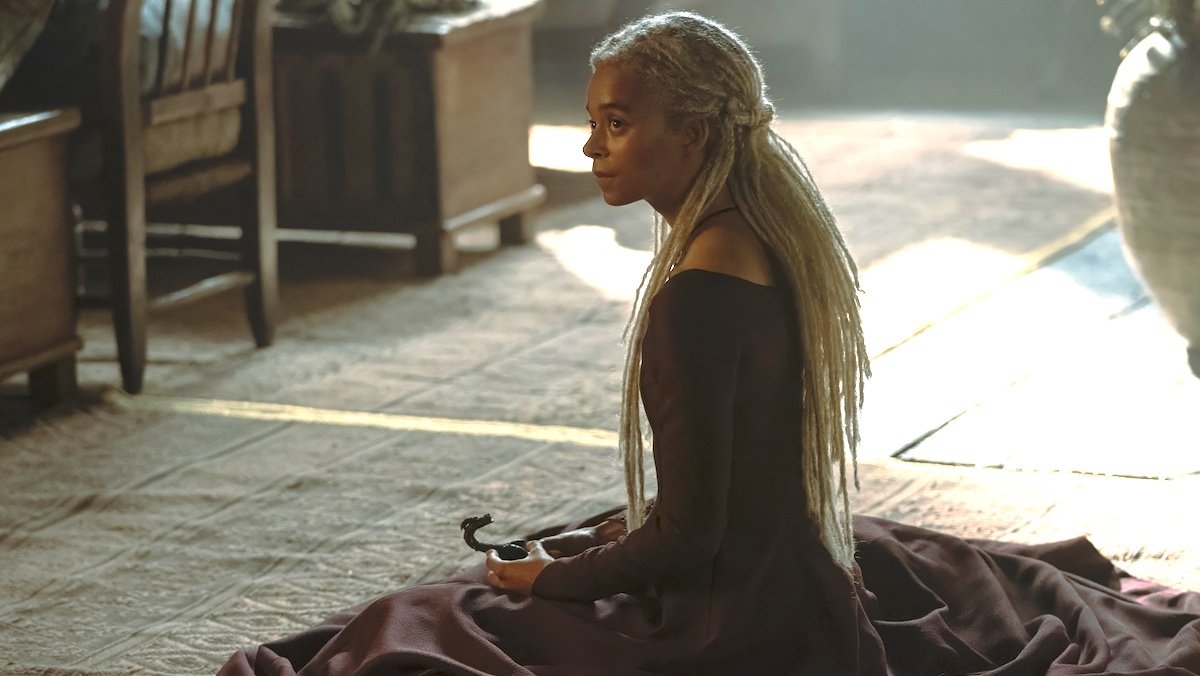
The last thing young Princess Rhaena expected to find in the Vale was a wild dragon, because dragons don’t live in places like the Vale on House of the Dragon. They stay close to seats of House Velaryon, either in King’s Landing or on Dragonstone. Before they came to Westeros, they only lived in the Valyrian Freehold, leaving for any extended periods of time solely when taken someplace by their dragonrider.
Having a dragon burning sheep far away from dragons’ established homes means that House of the Dragon breaks established canon and dragon lore from Fire & Blood and A Song of Ice and Fire. George R.R. Martin himself confirmed that weeks before episode six debuted. From his “Not a Blog” (emphasis our own):
My dragons are creatures of the sky. They fly, and can cross mountains and plains, cover hundreds of miles… but they don’t, unless their riders take them there. They are not nomadic. During the heyday of Valyria there were forty dragon-riding families with hundreds of dragons amongst them… but (aside from our Targaryens) all of them stayed close to the Freehold and the Lands of the Long Summer. From time to time a dragonrider might visit Volantis or another Valyrian colony, even settle there for a few years, but never permanently. Think about it. If dragons were nomadic, they would have overrun half of Essos, and the Doom would only have killed a few of them. Similarly, the dragons of Westeros seldom wander far from Dragonstone. Elsewise, after three hundred years, we would have dragons all over the realm and every noble house would have a few.
Why would House of the Dragon violate one Martin’s few, hard-and-fast dragon lore rules? To answer that, we must discuss something from Fire & Blood. We’ll note that this discussion will provide enough context clues to spoil something that now seems inevitable on House of the Dragon. It’s up to you if you want to read it. If you don’t, skip past the remaining text in this section (which is between two images) until you reach the next sub-headline, which explores another show-specific piece of dragon lore.
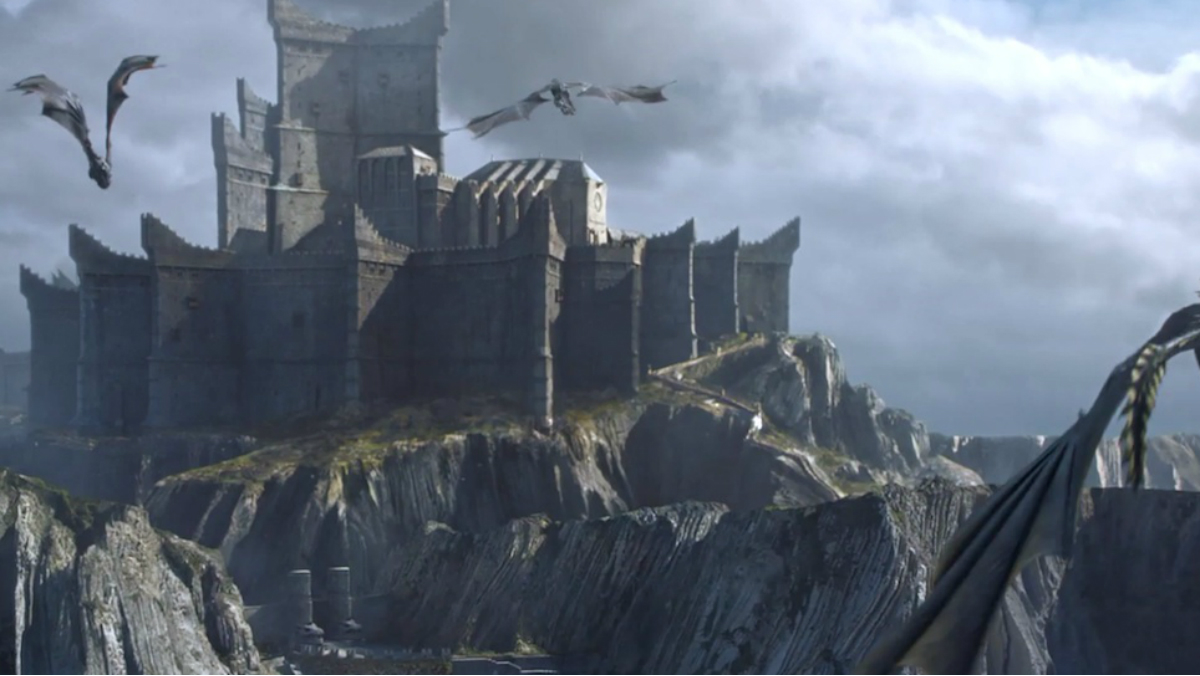
By moving this specific, sheep-killing dragon from Dragonstone to the Vale, the show appears to be cutting out a major, beloved character from Fire & Blood named Nettles. She is the person whose uncertain birth/bloodline we referenced earlier. House of the Dragon seems to be giving Nettle’s storyline to Rhaena.
Obviously since we mentioned Nettles’ uncertain birth/blood line, she does go on to claim a dragon in Fire & Blood. And since we’re talking about her in this section about Rhaena and the Vale, you can guess which dragon she bonds with.
Does that guarantee Rhaena will now claim that wild dragon on the show instead? It’s a possibility the series is definitely raising, but it’s not a guarantee. Not when House of the Dragon is making such drastic changes in the first place. But we still think it’s likely on a series that also made another significant change to an unlikely dragonrider’s story in this same episode.
Seasmoke Claims a Dragonrider on House of the Dragon (Possibly While His First Still Lives)
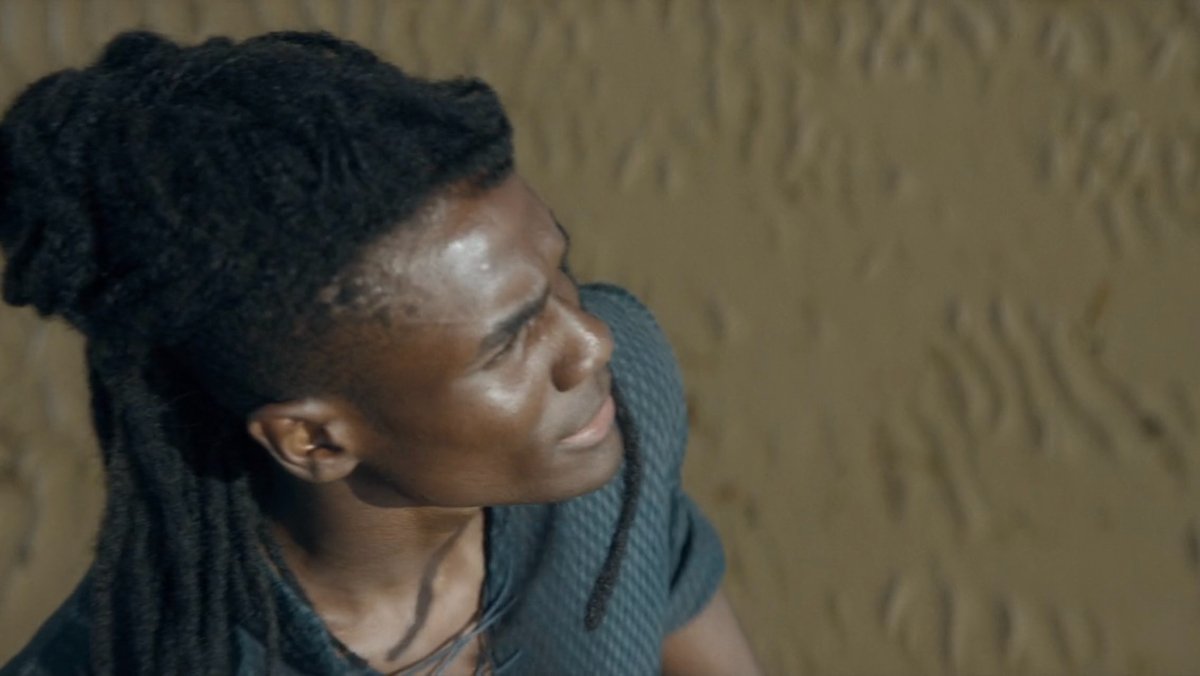
Addam of Hull is the bastard son of Lord Corlys Velaryon and, therefore, strong with Old Valyrian blood. It doesn’t go against known dragon lore, and thus is not completely shocking, that a “dragonseed” like Addam could claim a dragon, which is clearly what happened at the end of House of the Dragon episode six. What is unprecedented is a) how the two bonded and b) the fact they bonded at all.
There are two ways humans typically bond with dragons in A Song of Ice and Fire. The first is babies of House Targaryen have dragon eggs put in their crib with them. If healthy dragons hatch from those eggs they form that special dragon/dragonrider connection. The second way is that a person approaches a living dragon who then either accepts them or not. No one knows how or why this happens, only that there’s some kind of mystical element to their connection.
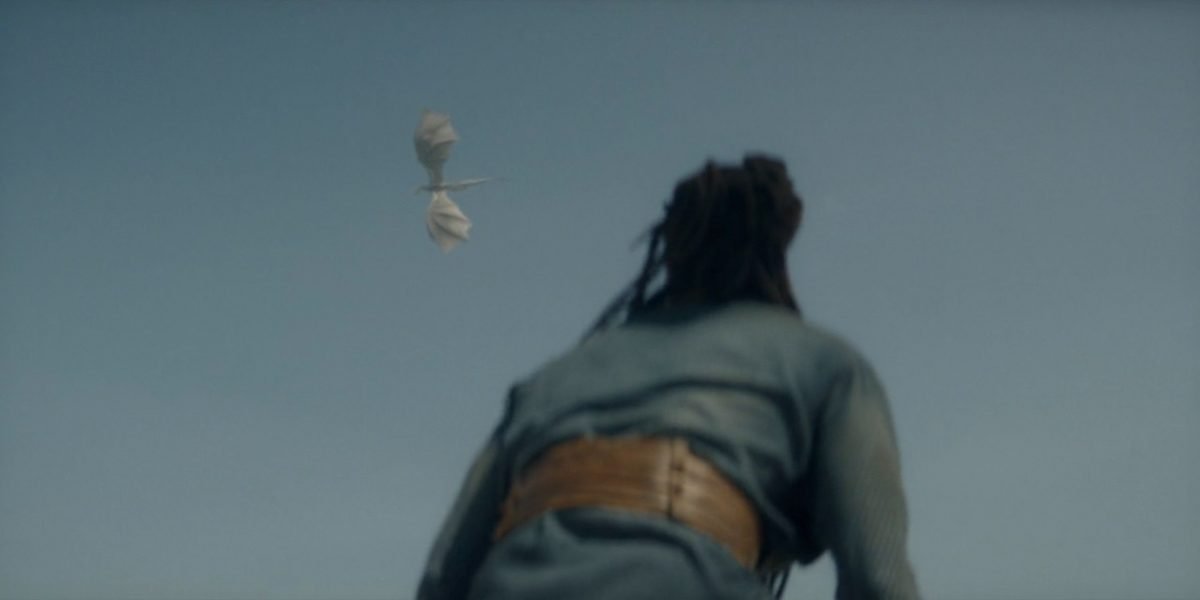
Rhaena, daughter of Daemon Targaryen and Laena Velaryon, has tried to claim a dragon many times on House of the Dragon and only has burn scars to show for it. Ser Steffon Darklyn tried once, and he paid with his life for his efforts. Yet somehow, Addam of Hull didn’t even have to try to become a dragonlord. In a complete role reversal, Seasmoke claimed his human. The “lonely” dragon hunted Addam down before the two took to the sky on House of the Dragon.
That was unusual enough, but what what makes this bond entirely new dragon lore for House of the Dragon is that Seasmoke seemingly already has a dragonrider. His first mount, Laenor Velaryon, isn’t actually dead on House of the Dragon like he is in Fire & Blood. The show changed his story so that he conspired with his wife Rhaenyra to fake his death so he could live freely in Essos. But dragons only accept one dragonrider at a time. They will not accept another so long as theirs lives.
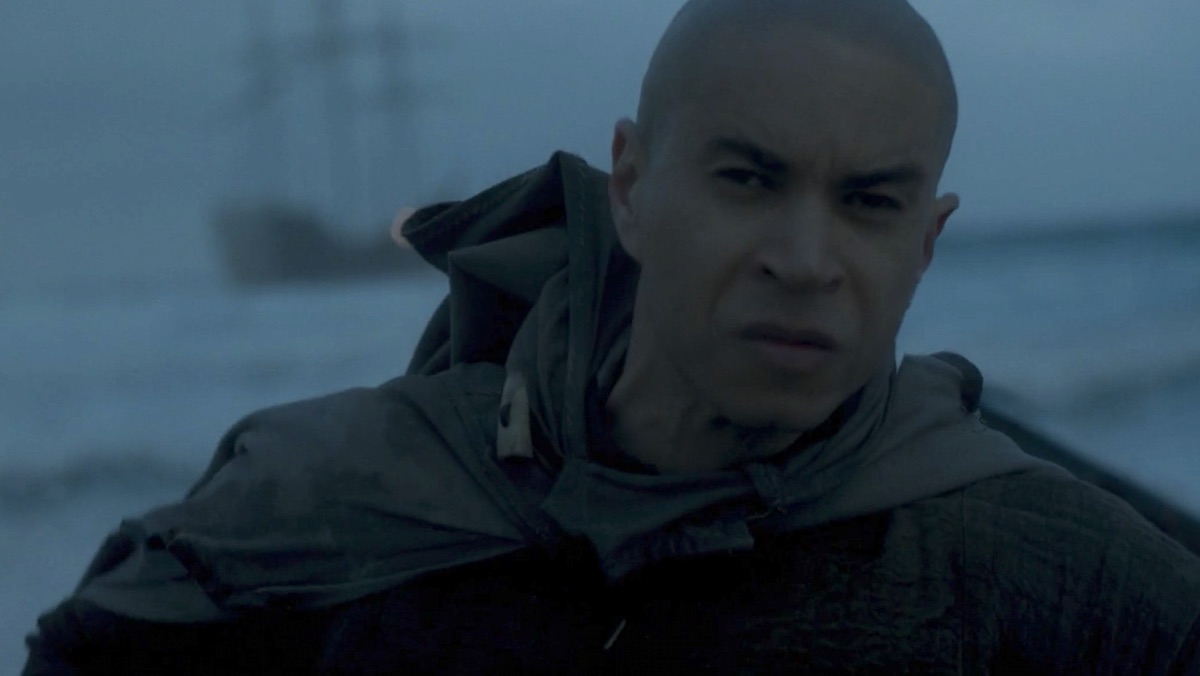
Unless we learn Laenor died in Essos offscreen without anyone on Dragonstone knowing, we know have House of the Dragon-specific dragon lore. (Which still has its own internal logic, since Seasmoke sought out the half-brother of his missing rider.)
How you feel about that is as personal as a dragon/rider bond, but what it actually means is not. Whether or not you’re familiar with both Fire & Blood and George R.R. Martin’s dragon mythology, none of us know what else could happen in the Dance of the Dragons.
Mikey Walsh is a staff writer at Nerdist. You can follow him on Twitter and Bluesky at @burgermike. And also anywhere someone is ranking the Targaryen kings.